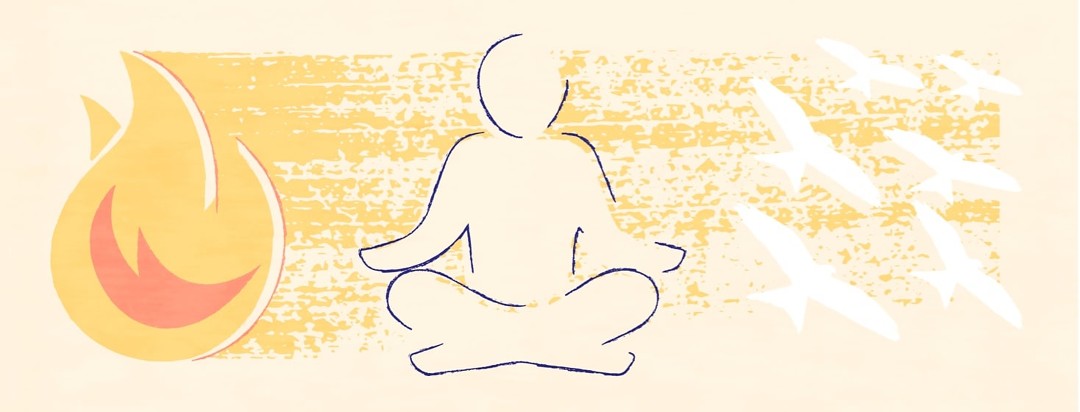Where It Doesn’t Hurt
In recent months I’ve been meditating, and this practice has helped me shift my brain’s focus from the pain in my body. As I’ve been diagnosed with rheumatoid arthritis/rheumatoid disease (RA/RD) for nearly two decades, the concept of denying pain my full attention is not new. If I hadn’t learned to push mild pain to the outskirts of my consciousness, I wouldn’t be able to work, take care of my kids, or carry on a conversation. (I have yet to master this for severe pain.)
Meditation for RA pain
However, since using a meditation app each day to slow my thinking, focus inward, and shift my perspective, I’ve started to actively practice strategies that were previously unknown to me.
Focus throughout the whole body
One of the mental strategies the app’s Pain Management series suggests is to balance one’s focus throughout the body. This means not solely thinking of the parts of my body that hurt, but also giving attention to the places in my body that are pain-free.
Before beginning this meditation series, if you’d asked me where I hurt, I likely would have said, “All over.” In one sense, that is a true statement. I have pain from the tension headaches in my scalp down to my swollen toes. Depending on the day, I might have pain in my neck, shoulders, elbows, wrists, fingers, back, hips, knees, and ankles. It can easily feel like I have pain everywhere.
Finding pain-free parts of the body
However, upon closer inspection, it turns out that there are parts of my body that are usually pain-free. The very top of my head and the back of my skull rarely hurt. My nose, earlobes, tongue, and chin are pain-free zones. My biceps and forearms, my shins, and the space between my shoulder blades usually feel good. While my fingers and toes hurt every day, the little places of shallow webbing between them do not. My knee joints are often achy, but the backs of my knees usually feel fine.
When I take a step back and look at my body in totality, there is a significant percentage of it that rarely feels pain.
The purpose of meditation
Meditation is not about ignoring one’s problems, but rather about seeing them in a larger, truer context. We can feel like our problems are everything, failing to acknowledge the things that are going well. The same is true with physical pain. Meditation is not about trying to hide the pain, but rather about revealing the full picture, which is greater than just the pain.
Meditation in practice
Now, when the pain reaches the level where I can no longer push it to the outskirts of my awareness, I close my eyes, takes some deep breaths, and focus on some parts of my body that don’t hurt. I hone in on my earlobes and my lips, the tops of my feet and my fingernail beds. I still feel the pain, but I breathe through it as I focus on the parts of my body that still feel healthy and whole.
Just as I am more than this disease, my body is more than this pain. It feels nurturing and empowering to reclaim those parts of my body that are not ravaged by this disease, shining a spotlight on those little places that feel exactly the way I want them to.

Join the conversation